Two wheels good, four wheels bad
Updated: 2016-01-11 07:45
By Zhang Yuchen(China Daily)
|
||||||||
Obstacles to change
Wim van Wijk from Royal HaskoningDHV, an engineering consultancy in the Netherlands, said that although the intentions are good, there are still many obstacles to be overcome before Beijing can achieve its green transportation goals. Speaking at a seminar at the Dutch embassy in Beijing, Van Wijk said the government must ensure the city infrastructure is designed to encourage a transportation revolution.
The situation in Beijing is reminiscent of those in a number of European cities many years ago: cars squeeze into limited space on narrow lanes intended for cyclists, swamping the old central part of the city during rush hours. At other times, the bike lanes become free parking lots for car owners, whose numbers soar every year.
In the 1970s, every Chinese family aspired to own four things: a sewing machine, a radio, a wristwatch and a bicycle, the ultimate symbol of prosperity in those days. In 1986, the city's cycling heyday, about 6.3 million Beijingers used bicycles, but by 2013 the number had fallen to 3 mill-ion, according to the China National Statistic Yearbook.
From 1990 to 2010, automobile ownership in China skyrocketed from 5.5 million to more than 70 million, and cars began swamping the streets. Municipal government data show that the average speed of traffic on the city's roads has fallen steadily over the years, and now stands at about 15 km an hour.
"The most efficient way of reducing the number of automobiles is to promote alternative transportation and limit the space available to drivers. That's the reason we wouldn't give up even half a meter of bicycle-lane width when we designed the bike lanes in New York City," said Kim of WRI China, referring to the group's refusal to widen proposed bike lanes in the US city to ensure that drivers would not be able to use them.
However, Beijing is not New York. The entire urban design is car-centric, from the width of the roads to the traffic light settings; pedestrian crossings are timed to cause drivers as little inconvenience as possible and the distances between footbridges are often lengthy, conveying the message that autos are the top priority and the needs of other road users are secondary considerations.
Moreover, the poor air quality and a lack of proper parking places for bicycles have resulted in residents becoming reluctant to cycle in the city, leaving the roads free for even more cars.
"The city of Beijing is at the first stage of Denmark's 'bikes-first' development program, under which it has started to allow the numbers and facts to tell stories that will convince policymakers to instigate changes," said the WRI's Liu. "The next step for the Beijing government should be the realization that the focus has to shift away from cars and toward making cycling easy and making cyclists proud of their choice. That could be the future direction of more-sustainable development."
The challenged mindset
However, the preference for automobiles is firmly rooted in the minds of many Beijingers, revealing a choice that is more cultural and societal than economic.
Beijing was once the world's bicycle capital, with the largest population of cyclists on the globe. Photographers were not slow to notice the extraordinary biking scenes on the city's streets in the late 1970s and early 1980s.
"Every Chinese person of a certain age is interested in bikes, because we all grew up with them," said Wang Wenlan, a well-known photographer for China Daily, who has been taking snaps of Chinese cyclists since the 1970s.
However, the relatively recent rise of the car has resulted in branding and cost becoming status symbols. That's why Brunn, the German national, takes every opportunity to persuade people that cycling is cool, even for the wealthy. As cyclist and performer of bike tricks, she is one of a number of expats contributing to the revival of Beijing's biking history, while helping to inspire an emerging generation of young, homegrown enthusiasts.
Shannon Bufton, owner of Serk, a racing-bike workshop and one of the co-founders of Smarter Than Car, a think tank for green city transportation, said the government should be praised for retaining its faith of cycling as a mode of transportation.
"Many years ago, the government could have just said, 'Let's just paint over the bike lanes and make them into parking spaces,' but it didn't because the government knew that in the future they would need all the bike lanes. The first step is to get more residents riding bikes to show the government 'Hey, look, we want a better city; we want to ride bikes. So let's do something to make the bike lanes better. Beijing has the best lanes for cyclists, and the refusal to abandon them all was a good gesture by the government. Now every individual should shoulder their own responsibilities and make their own efforts for the community."
The growing number of eager young cyclists will be the key to the city's transport revolution, according to Claudio Bebuzzi, a South African national and partner in Bamboo Bicycle Beijing, a do-it-yourself bike workshop. "Kids should be more proud of the transport they are using, the ways they are moving," he said. "Around the world, in the past five or 10 years, I have seen that, in terms of a movement toward a more-sustainable transport system, nothing is better than riding a bike."
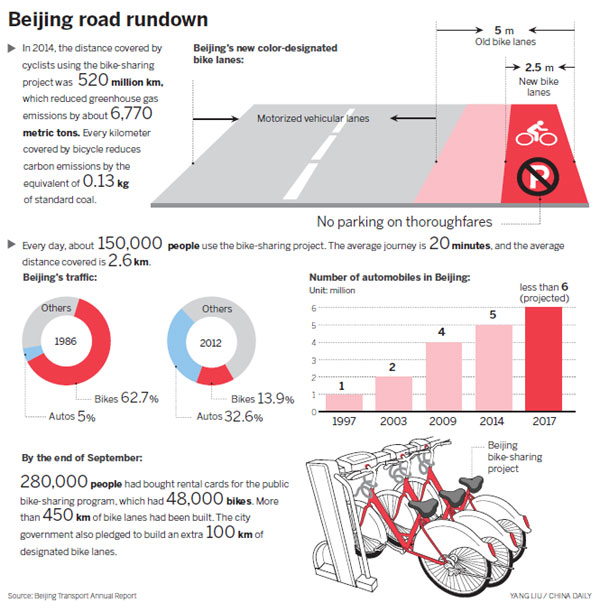
(
- A glimpse of Spring Rush: little migrant birds on the way home
- Policy puts focus on genuine artistic students
- Police unravel market where babies are bought, sold as commodities
- More older pregnant women expected
- Netizen backlash 'ugly' Spring Festival Gala mascot
- China builds Mongolian language corpus
- 2 Chinese nationals killed, 1 injured in suspected bomb attack in Laos
- New York, Washington clean up after fatal blizzard
- 'Plane wreckage' found in Thailand fuels talk of missing Malaysian jet
- Washington shuts down govt, NY rebounds after blizzard
- 7 policemen, 3 civilians killed in Egypt's Giza blast
- Former US Marine held in Iran arrives home after swap
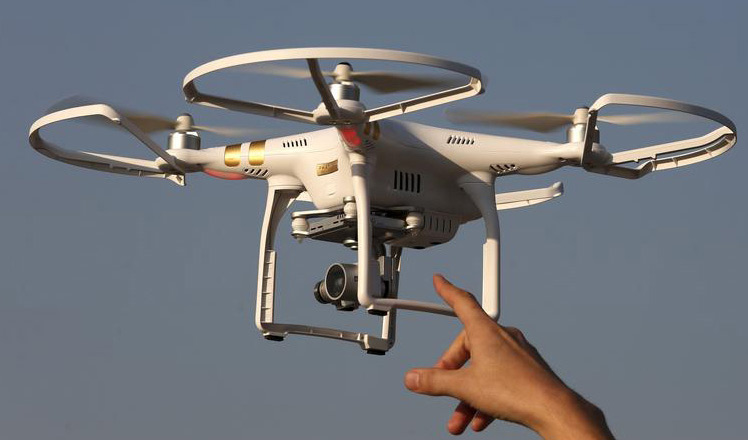
 Drone makers see soaring growth but dark clouds circle industry
Drone makers see soaring growth but dark clouds circle industry China's Zhang reaches Australian Open quarterfinals
China's Zhang reaches Australian Open quarterfinals
 Spring Festival in the eyes of Chinese painters
Spring Festival in the eyes of Chinese painters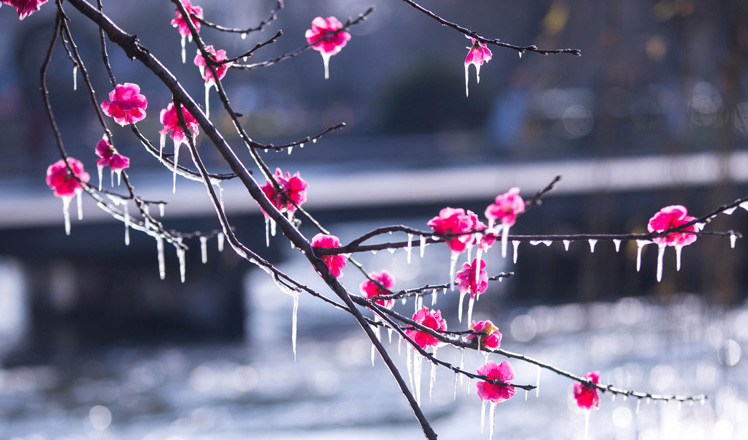
 Cold snap brings joy and beauty to south China
Cold snap brings joy and beauty to south China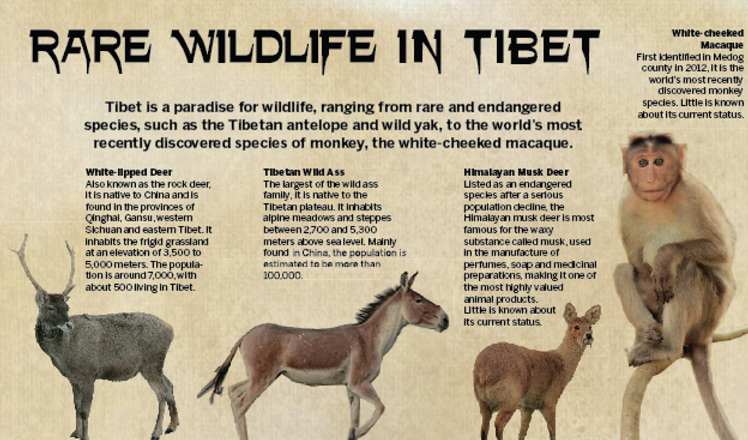
 The making of China Daily's Tibetan-style English font
The making of China Daily's Tibetan-style English font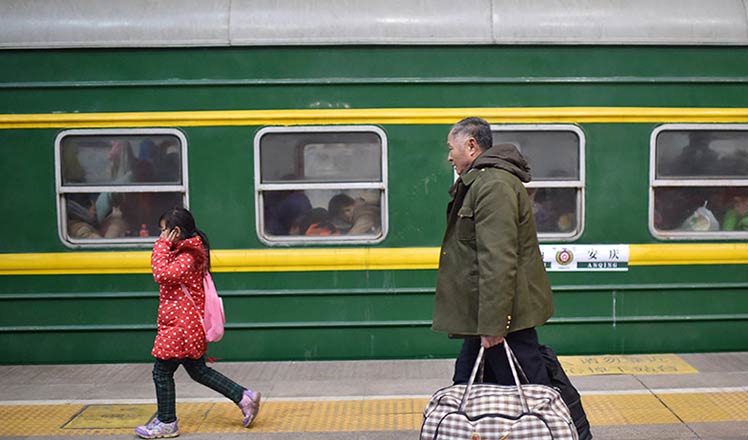
 First trains of Spring Festival travel depart around China
First trains of Spring Festival travel depart around China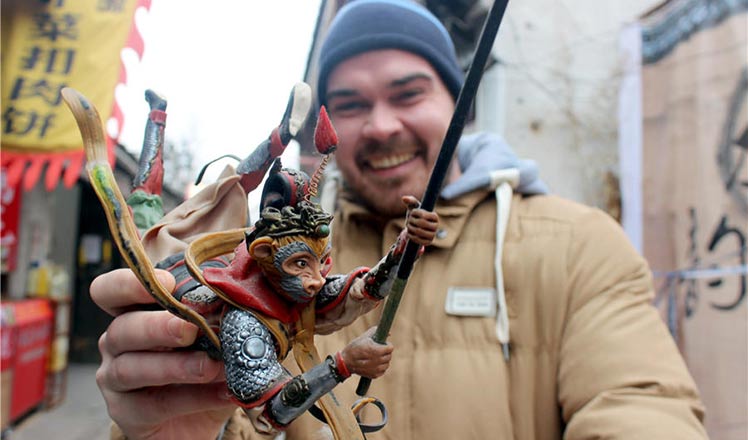
 Dough figurines of Monkey King welcome the New Year
Dough figurines of Monkey King welcome the New Year
 Ning Zetao, Liu Hong named China's athletes of the year
Ning Zetao, Liu Hong named China's athletes of the year
Most Viewed
Editor's Picks

|

|

|

|

|

|
Today's Top News
National Art Museum showing 400 puppets in new exhibition
Finest Chinese porcelains expected to fetch over $28 million
Monkey portraits by Chinese ink painting masters
Beijing's movie fans in for new experience
Obama to deliver final State of the Union speech
Shooting rampage at US social services agency leaves 14 dead
Chinese bargain hunters are changing the retail game
Chinese president arrives in Turkey for G20 summit
US Weekly

|

|








